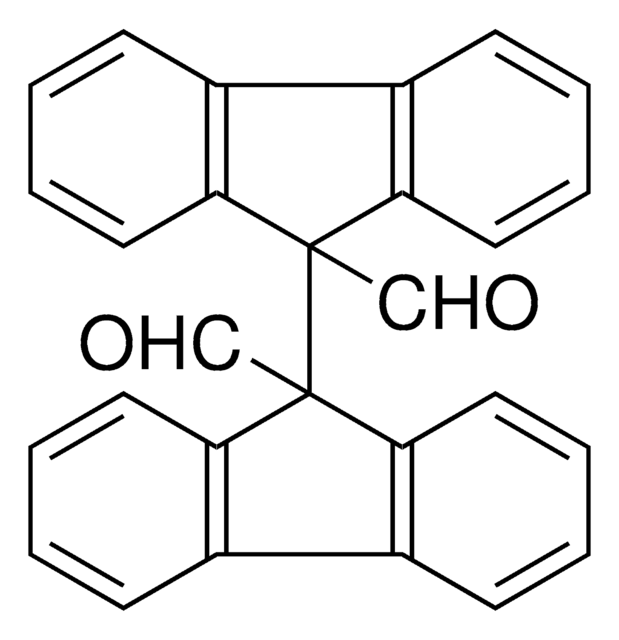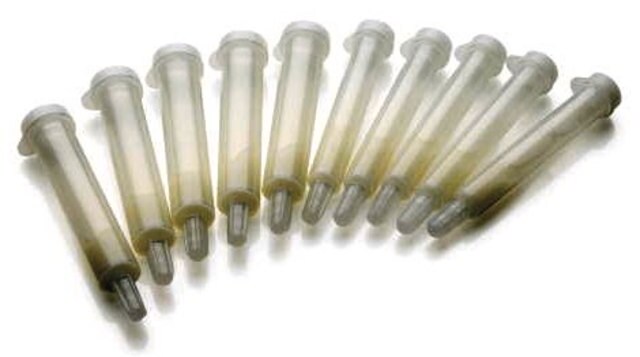Kluczowe dokumenty
C1832
Cyclosporin A
BioReagent, from Tolypocladium inflatum, for molecular biology, ≥95%
Synonim(y):
Antibiotic S 7481F1, Cyclosporine
About This Item
Polecane produkty
pochodzenie biologiczne
Tolypocladium inflatum
Poziom jakości
klasa czystości
for molecular biology
linia produktu
BioReagent
Próba
≥95%
Formularz
powder
metody
drug transporter assay: suitable
rozpuszczalność
dichloromethane: 9.80-10.20 mg/mL, clear, colorless to faintly yellow
przydatność
corresponds to standard
suitable for molecular biology
spektrum działania antybiotyku
fungi
Tryb działania
enzyme | inhibits
temp. przechowywania
2-8°C
ciąg SMILES
CC[C@@H]1NC(=O)[C@H]([C@H](O)[C@H](C)C\C=C\C)N(C)C(=O)[C@H](C(C)C)N(C)C(=O)[C@H](CC(C)C)N(C)C(=O)[C@H](CC(C)C)N(C)C(=O)[C@@H](C)NC(=O)[C@H](C)NC(=O)[C@H](CC(C)C)N(C)C(=O)[C@@H](NC(=O)[C@H](CC(C)C)N(C)C(=O)CN(C)C1=O)C(C)C
InChI
1S/C62H111N11O12/c1-25-27-28-40(15)52(75)51-56(79)65-43(26-2)58(81)67(18)33-48(74)68(19)44(29-34(3)4)55(78)66-49(38(11)12)61(84)69(20)45(30-35(5)6)54(77)63-41(16)53(76)64-42(17)57(80)70(21)46(31-36(7)8)59(82)71(22)47(32-37(9)10)60(83)72(23)50(39(13)14)62(85)73(51)24/h25,27,34-47,49-52,75H,26,28-33H2,1-24H3,(H,63,77)(H,64,76)(H,65,79)(H,66,78)/b27-25+/t40-,41+,42-,43+,44+,45+,46+,47+,49+,50+,51+,52-/m1/s1
Klucz InChI
PMATZTZNYRCHOR-CGLBZJNRSA-N
informacje o genach
human ... PPIA(5478)
Szukasz podobnych produktów? Odwiedź Przewodnik dotyczący porównywania produktów
Opis ogólny
Zastosowanie
- Using in in vivo Neovascularization Assay, to subcutaneously inject the mice daily for suppressing the immune response.
- Measuring the multiple drug resistance transporter activity in putative cancer stem/progenitor cells.
- mRNA transcription studies
- analytical standard
Działania biochem./fizjol.
Nie możesz znaleźć właściwego produktu?
Wypróbuj nasz Narzędzie selektora produktów.
Hasło ostrzegawcze
Danger
Zwroty wskazujące rodzaj zagrożenia
Zwroty wskazujące środki ostrożności
Klasyfikacja zagrożeń
Acute Tox. 4 Oral - Carc. 1B - Repr. 1B
Kod klasy składowania
6.1C - Combustible acute toxic Cat.3 / toxic compounds or compounds which causing chronic effects
Klasa zagrożenia wodnego (WGK)
WGK 3
Środki ochrony indywidualnej
Eyeshields, Gloves, type P3 (EN 143) respirator cartridges
Wybierz jedną z najnowszych wersji:
Masz już ten produkt?
Dokumenty związane z niedawno zakupionymi produktami zostały zamieszczone w Bibliotece dokumentów.
Klienci oglądali również te produkty
Nasz zespół naukowców ma doświadczenie we wszystkich obszarach badań, w tym w naukach przyrodniczych, materiałoznawstwie, syntezie chemicznej, chromatografii, analityce i wielu innych dziedzinach.
Skontaktuj się z zespołem ds. pomocy technicznej










